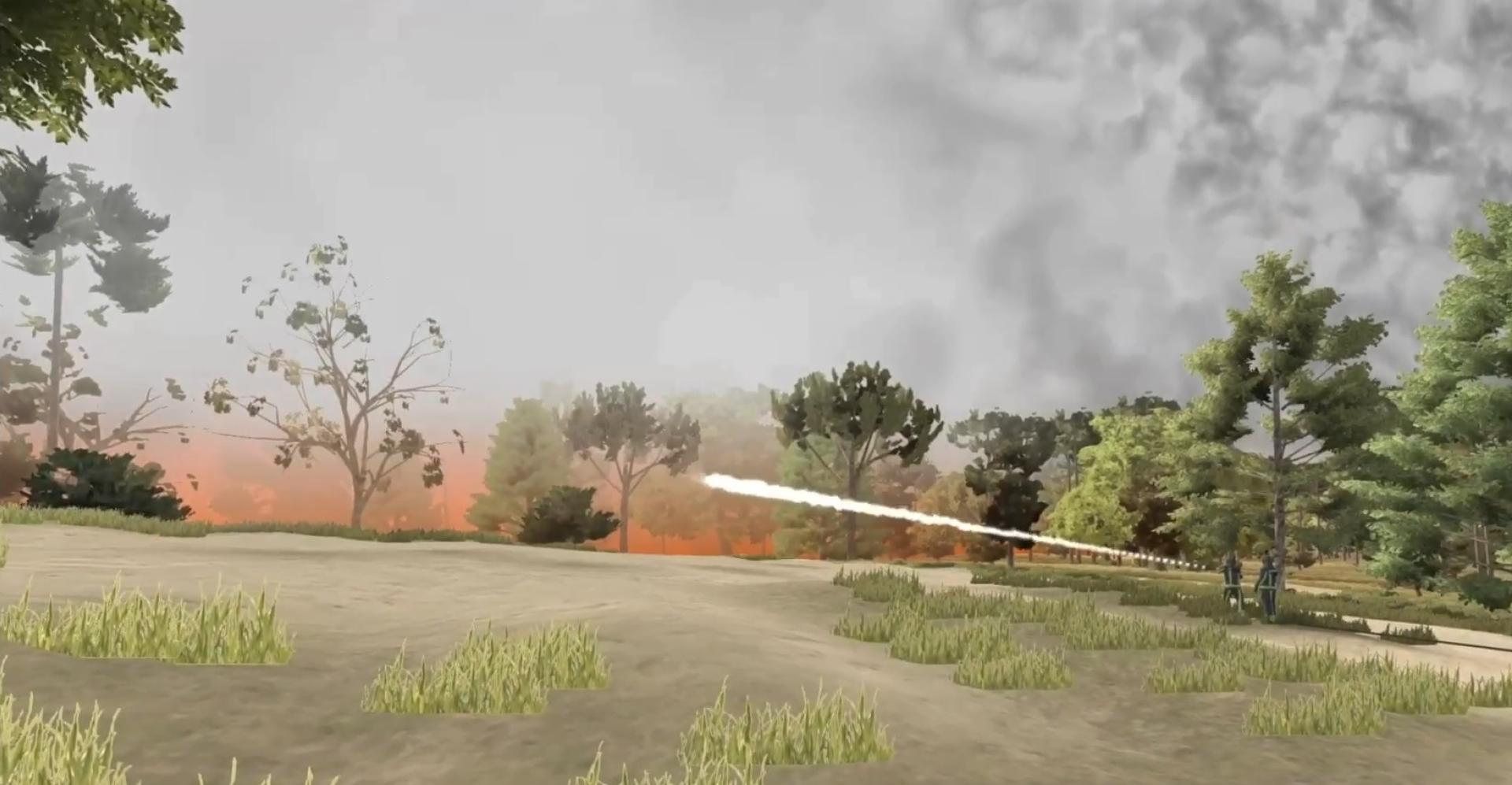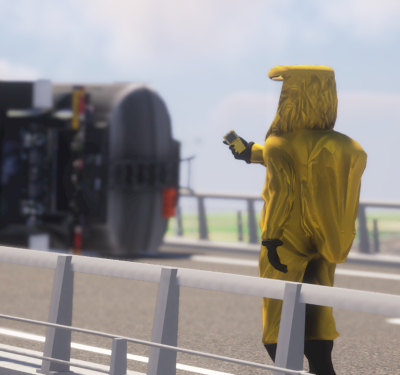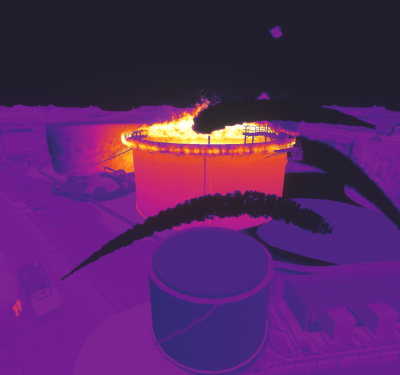Virtual training in the RijnlandRoute Tunnel
Dutch Safety Region Hollands Midden (Veiligheidsregio Hollands-Midden, VRHM) have commissioned a realistic 3D environment modelled on the new RijnlandRoute tunnel, a large-scale expressway construction project which will connect the cities of Katwijk and Leiden. Being able to train virtually in accurate surroundings is vital for the safety region’s personnel to prepare themselves ahead of the tunnel’s expected completion by mid-2023.
.png)
The new 3D environment will give the safety region’s fire services and other emergency services the opportunity to train and prepare for any tunnel incidents before it opens to the public. Virtual training is one of the best ways for them to train safety protocols, communication, and incident management ahead of time. Likewise, once the tunnel opens, it is costly in both time and resources to section off parts of the tunnel for live exercises. Virtual training will therefore be an essential part of the training toolkit going forward.
Upon completion, the RijnlandRoute tunnel will be approximately 2.5 km long and be 20 meters under the ground at its deepest point. To increase the level of realism as much as possible, thereby making it easier for training participants to bring the learned experiences into practice, the 3D environment depicts the entire tunnel including main entrances and exits, fire exits, and other important objects in their accurate location. Furthermore, the route from the closest fire station is also included in the modelling to be able to train the drive-up as well.
.png)
Within VRHM, there is great excitement about the possibilities the XVR platform will offer the staff and other stakeholders of VRHM to train and exercise tunnel incidents virtually.
“The advantage of XVR for the fire services is that we can train whenever we want, with whomever we want (from the various emergency services), and as intensely as we want. And if something goes wrong during an incident, you simply stop the scenario, discuss what’s going on and what to do differently, and start back up at the exact point where you paused it. You can freeze time,” says Richard Vergouwen, Operational Planner for the VRHM Fire Services.
Inge Goossens, RijnlandRoute Program Manager at VRHM, is also excited about this addition to their training toolkit. “With this tool, we’ll always have access to the tunnels because we can access it virtually,” she says. “My expectation is that we will perform even better and safer, and that we’ll be better prepared for an incident in the tunnel, that we’ll know what we can expect from one another.”
Safety Region Hollands Midden is in the process of developing a training guide which includes any thinkable scenarios incidents that could occur in the tunnels, including RTA and CBRN scenarios. With their set-up, they will also be able to conduct multi-agency exercises as well to train and prepare the allocation of resources and crisis communication strategies.
“With XVR and the training program that we have put together, I believe we have laid the foundation to give our people the basic skills they need,” says Richard Vergouwen. “We aren’t experienced tunnel incident commanders – not yet. But we might be in the future.”
Watch the video below from Safety Region Hollands Midden on their ambitions to use the XVR platform for tunnel incident training purposes. The video is Dutch-spoken, but subtitles are available in English and German.
Overview



.png?resolution=400x375)